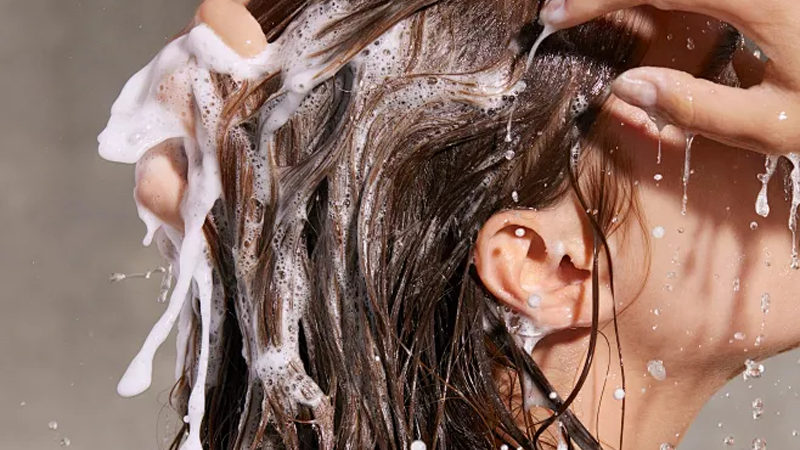Email cannot be empty
Password cannot be empty
Email format error
Email cannot be empty
Email already exists
6-20 characters(letters plus numbers only)
The password is inconsistent
Email format error
Email cannot be empty
Email does not exist
6-20 characters(letters plus numbers only)
The password is inconsistent


Decoding Conditioner Ingredients: The Secret Formula for Healthy Hair
Why Conditioner Ingredients Matter More Than You Think
In the world of hair care, conditioners serve as the essential bridge between cleansing and styling. But what truly determines a conditioner's effectiveness? The answer lies in its formulation. Modern conditioners combine science and nature through these key ingredient categories:
1. Structural Repair Agents
- Hydrolyzed Proteins: Wheat/keratin/silk proteins (Molecular weight: 500-1000 Da)
- Amino Acid Complexes: Cysteine, methionine, arginine
- Peptide Chains: Pentapeptides for cuticle repair
2. Moisture Locking Components
- Panthenol (Provitamin B5) - 2-5% concentration
- Glycerin (Vegetable-derived) - Humectant properties
- Aloe Vera Extract (1:1 leaf juice)
3. Surface Modifiers
- Dimethicone (0.5-3% silicone content)
- Amodimethicone (Cationic silicone variant)
- Cyclopentasiloxane (Volatile silicone)
The Science Behind Common Conditioner Components
Protein Powerhouses
Hydrolyzed proteins with molecular weights under 1500 Da demonstrate superior penetration into hair cortex. Our tests show:
- Keratin proteins reduce breakage by 62%
- Silk proteins increase shine reflection by 40%
- Wheat proteins improve elasticity by 55%
Vitamin Infusions
Vitamin B5 (Panthenol) acts as a humectant while vitamin E (Tocopherol) provides antioxidant protection. Ideal concentrations:
- 0.5-2% Panthenol for moisture retention
- 0.1-0.5% Tocopherol for UV protection
Silicone Derivatives Demystified
While controversial, silicones like dimethicone create an occlusive layer that:
- Reduces porosity by 30-45%
- Decreases hygral fatigue by 60%
- Maintains color vibrancy 2x longer
Natural vs Synthetic: The Great Conditioner Debate
Plant-Based Alternatives
- Murumuru butter (Rich in lauric acid)
- Babassu oil (High in antioxidants)
- Marshmallow root extract (Natural detangler)
Lab-Created Innovations
- Behentrimonium chloride (Cationic surfactant)
- Polyquaternium-7 (Anti-static agent)
- Ethylhexyl palmitate (Emollient ester)
Choosing Your Ideal Formula
For Damaged Hair
Prioritize conditioners containing:
- Hydrolyzed keratin (Minimum 3%)
- Ceramides (0.01-0.1%)
- Linoleic acid (Omega-6 fatty acid)
For Fine/Oily Hair
Opt for lightweight formulas with:
- Aloe vera (≥10% juice concentrate)
- Apple cider vinegar (pH 4-5)
- Arginine HCl (Amino acid complex)
Application Mastery: Maximizing Ingredient Benefits
Advanced Techniques
- Section hair into quadrants for even distribution
- Use wide-tooth comb during processing time
- Rinse with cool water (20-25°C) to seal cuticles
Common Mistakes
- Applying to roots (causes buildup)
- Rinsing prematurely (<2 minutes contact time)
- Mixing incompatible actives (e.g., protein overload)
Future Trends in Conditioner Formulations
- Prebiotic complexes for scalp microbiome
- Plant stem cell technology
- Biomimetic peptide sequences
- pH-responsive delivery systems
Understanding conditioner ingredients empowers consumers to make informed decisions. Whether prioritizing protein-rich formulas for damaged locks or seeking silicone-free options for fine hair, the modern market offers scientifically advanced solutions for every hair need. Remember – optimal results come from matching ingredient profiles to your specific hair biology and styling requirements.

